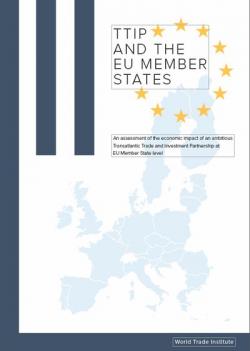TTIP and Small- and Medium Size Enterprises (SMEs)

SMEs are the employment backbone of both the EU and US economies. In the EU, the more than 20 million SMEs represent 99 percent of all businesses. It is clear that a successful TTIP can only be one that fosters the competitiveness of smaller firms. At present, SMEs are still confronted with significant barriers when trading across the Atlantic, and the ongoing economic crisis in the EU has hit SME exports disproportionately hard. Research also shows that the non-tariff measures between the EU and US are disproportionately prohibitive for SMEs. Barriers exist through costs of adjustment to different regulatory systems, costs of customs procedures, rules of origin certifications, tax requirements and immigration procedures, and difficulties accessing information on opportunities to do business in other countries. These barriers are especially problematic for SMEs who lack the resources of large enterprises to overcome these regulatory differences. There is therefore a significant untapped potential for deeper integration of SMEs in transatlantic value chains and for boosting competitiveness vis-a-vis the rest of the world – a potential TTIP could help to unleash. In the market access pillar of the negotiations every effort should be made to eliminate the remaining tariffs. In the regulatory cooperation chapter, regulatory burdens and overlaps in regulations, and certification should be addressed and removed. In the rules pillar, the issues of patents and IPR should be addressed. It is welcome that the agreement is set to include a dedicated SME chapter in order to provide SMEs with easily accessible and adequate information on how to expand their business, and to support SMEs in identifying and securing international business opportunities.
-
Dati bibliografici
in World Trade Institute, TTIP and the EU Member States, Bern, World Trade Institute (WTI), 26 January 2016, p. 111-118 -
ISBN/ISSN/DOI:
978-3-9524597-0-6



